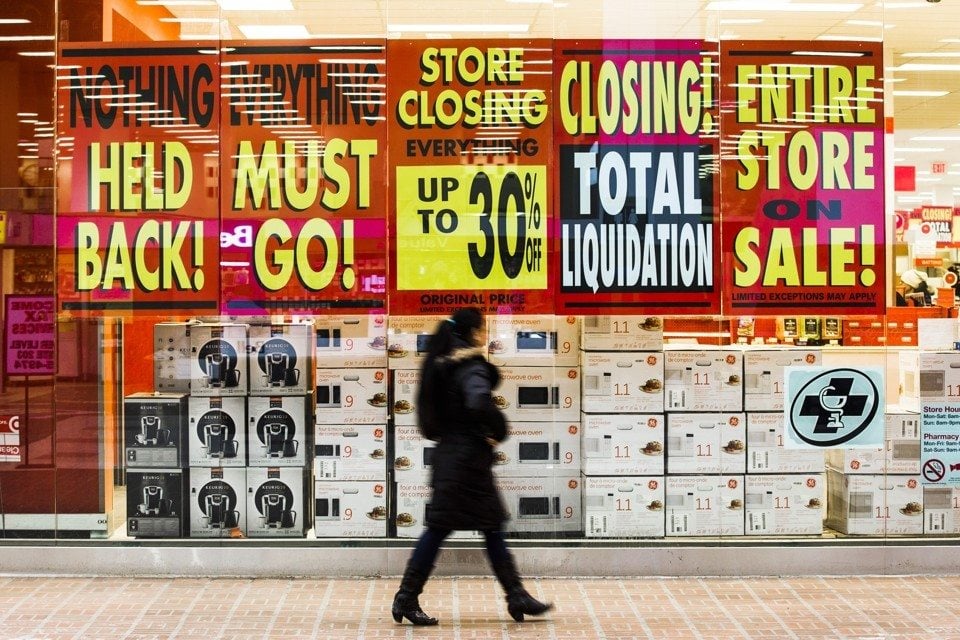Thousands of mall-based stores are expected to shut down in what is rapidly becoming one of the biggest waves of retail closures in decades.
Sources say more than 3,500 stores are being expected to shut down in the next couple of months.
Department stores such as JCPenney, Macy’s, Sears, and Kmart are the companies going to shut down stores, in addition to middle-of-the-mall chains like Crocs, BCBG, Abercrombie & Fitch, and Guess.
Some retailers have stopped the brick-and-mortar business and are trying to shift to an all-online model.
Bebe is closing all of its 170 stores just to focus on increasing its online sales, a Bloomberg report says.
Some – like The Limited which recently shut down all 250 of its stores- are going out of business.
A report says,
“The US has 23.5 square feet of retail space per person, compared with 16.4 square feet in Canada and 11.1 square feet in Australia, the next two countries with the most retail space per capita, according to a Morningstar Credit Rating report from October”.
Analysts say that visits to shopping markets have been declining for several years with the excite of e-commerce and titanic shifts in how shoppers spend their money. According to the real-estate research firm Cushman & Wakefield, Visits declination has been seen by 50% between 2010 and 2013.
Many shopping malls will be forced to shut down when the stores are closed.
When an anchor store like Sears or Macy’s is closed, it triggers a downward spiral in the performance for shopping malls.
For the reduction of losses, malls must find a replacement tenant for the massive retail space so that the anchor store occupied, that is a difficult — especially in those malls are already financially strapped — when major department stores are making a reduction to their retail footprints.
Analysts say such happenings can have grave consequences for shopping malls, specifically in markets where it is harder to transform vacant mall space into non-retail space like apartments.




